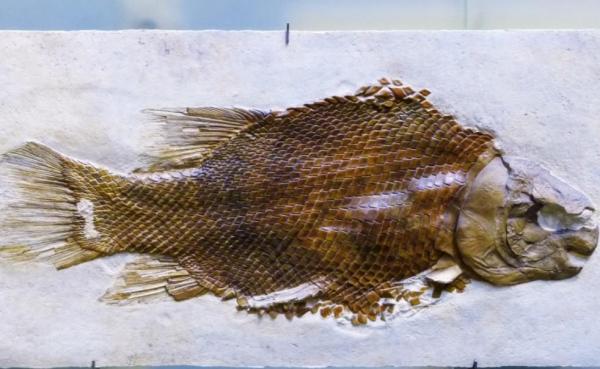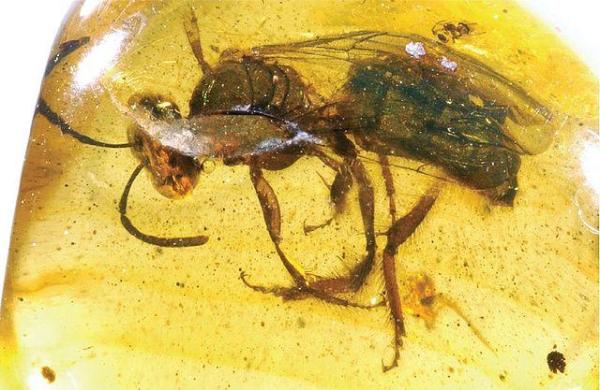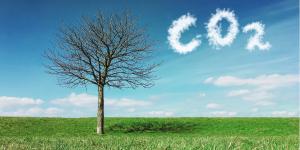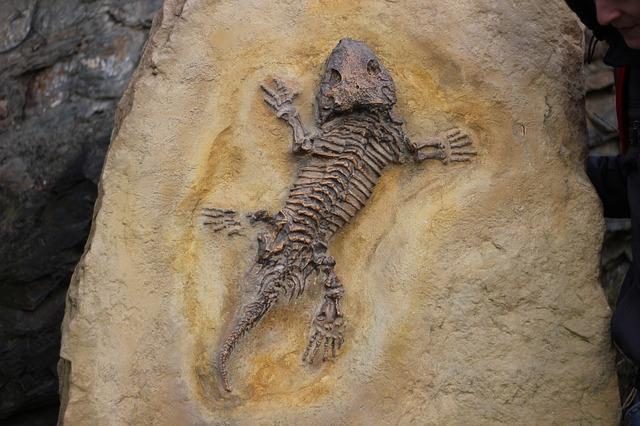Types of Fossil Preservation or Fossilization


Fossils are known for all the large dinosaur skeletons we are used to seeing in natural history museums, but those are not the only types of fossils that exist. Fossils are all organic remains left by animals and plants millions of years ago that have survived to the present day. They are able to take us through time to understand the history of the Earth. The process of fossilization refers to the series of physical and chemical changes that take place in an organism from the time it dies until it is discovered as a fossil. There are different types of fossilization depending on the geological process that took place when these remains were preserved.
The following thedailyECO article explains what fossilization is, as well as its types and characteristics.
What are fossils?
A fossil is any preserved remnant, imprint, or trace of a once-living creature from a past geologic age. There are many examples of fossils, including bones, shells, exoskeletons, stones imprinted by animals and microbes, hair, petrified wood, and DNA fragments. Fossils are generally found in sedimentary rocks that once consisted of sediments such as mud or sand deposited in oceans, lakes, lagoons, rivers, or streams. Besides the remains of a once living being, fossils can also be the preserved sap of an ancient tree, remnants of excrement or coprolites, and even the footprints of an animal walking through a bog.
The importance of fossils is that they help us better understand the evolution and life of animals that lived in other geological eras, leaving evidence of their existence and an approximation of their physicality and way of life.
Thanks to fossil remains, it is possible to understand the complex pathways of evolution. On the other hand, fossil finds from different epochs allow us not only to chronologically order the species that inhabited a place, but also to understand the ecological environment that favored their growth or extinction.

What is fossilization?
The process of fossil formation, called fossilization, is the process by which an organism, some of its parts, its traces, or even the products of its metabolism become part of the fossil record. That is, the physical, chemical, and biological processes that lead to the preservation of plant and animal remains over time.
It is a complex process that takes millions of years. A fossil's survival is a miracle, as these remains are subjected to a variety of changes, which typically result in their disappearance.
This process depends on many factors, such as lack of oxygen, rapid burial of organisms (usually in aqueous sediments), and stopping the decomposition process.
Fossils can be formed in a variety of ways. The study of the geological record has shown that there are a number of processes that transform the remains of living things into fossils. In most cases, these processes involve structural or chemical alterations in the composition of the preserved organisms.
However, there were very specific events that made it possible to preserve the organic remains intact and lead to the so-called unaltered fossils. There are two types, unaltered mineralized remains and frozen remains. Unaltered fossils are rare unless they are trapped in amber, encased in tar, dried out, or frozen as preserved wooly mammoth.
Unaltered fossils are extremely rare. Alteration of hard parts is much more common in fossils and occurs when the original skeletal material is either permineralized, recrystallized, replaced, carbonized, or dissolved. We will discuss each of these processes below.

Types of fossil preservation or fossilization
One of the most effective methods of classifying fossils is according to how they were formed, i.e., how they were fossilized. We can speak of five main types of fossilization or fossil preservation:
Permineralization
The most common method of fossilization is permineralization. In permineralization, minerals are deposited in the cells of organisms. Water from the soil, lakes, or oceans seeps into the pores of the organic tissue and forms a crystal cast with the deposited minerals. The crystals begin to form in the porous cell walls.
This process continues on the inside of the walls until the central cavity of the cell, the lumen, is completely filled. The addition of these minerals results in denser and more durable fossils. The original bone or wood material may be preserved, or it may be replaced or recrystallized. Fossil dinosaur bones, petrified wood, and many marine fossils were formed by permineralization.
Replacement
This type of fossilization occurs when the original crust or bone dissolves and is replaced by a completely different mineral. The most common substitute minerals are silica (quartz), pyrite, dolomite and hematite. Occasionally, the replaced fossil may retain some fine cellular details of the original, although its composition has changed. In this type of fossilization, the pore space is not filled, and the fossils are not as dense.
Mold and casts
Imprints are another way that organisms can be fossilized. This type of fossilization occurs when the original bone or shell dissolves, leaving an empty space in the shape of the material. This cavity is called an impression, while a cast is the impression left by the organism in a rock. In other words: When this imprint fills with new sediment, a cast is made. So casts are made from molds. Many mollusks (clams, snails, squids, and octopuses) are found as casts because their shells dissolve easily.
Carbonization
Carbonization is a type of fossil preservation in which the organism is preserved in the form of a thin film of carbon in place of the original organic matter. In an oxygen-deficient environment, tissue softens, flattens, collapses, and solidifies, and the organic matter of which it is composed turns to carbon. Leaves, fish, and graptolites are usually preserved in this manner.
Recrystallization
The process of recrystallization involves a change in crystal structure but not mineral chemistry, similar to metamorphic recrystallization. Minerals such as aragonite, found in many shells, sometimes transform into calcite, the same chemical composition but a more geologically stable form. There are usually few differences in shape or size between recrystallized and unaltered fossils, although fine details may be lost.
It is important to note that everything we have explained above refers to the preservation of living things or their parts. But traces of organic activities can also be found (food, house building, footprints, etc.) that are very useful in interpreting ancient sedimentary environments. These are the so-called trace fossils.

If you want to read similar articles to Types of Fossil Preservation or Fossilization, we recommend you visit our Facts about nature category.
- Zugasti, FIG (2008). Taphonomic analysis in archeomalacology: the example of the shell middens of the Cantabrian region . Krei, (10), 53-74.
- Fernandez Lopez, SR (2000). Department of Paleontology. Faculty of Geological Sciences. Complutense University of Madrid. Taphonomy Topics : https://eprints.ucm.es/id/eprint/22003/1/087_00_Temas_Tafonomia.pdf
- Hauptvogel, D. (s. f.). Chapter 6: Fossil Preservation – The Story of Earth: An Observational Guide. Pressbooks. https://uhlibraries.pressbooks.pub/historicalgeologylab/chapter/chapter6-fossil-preservation/








